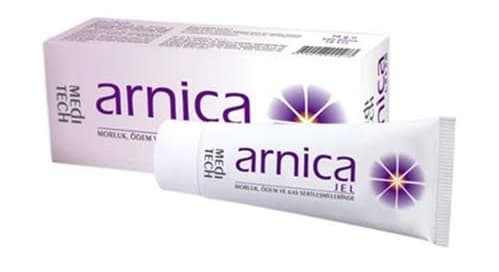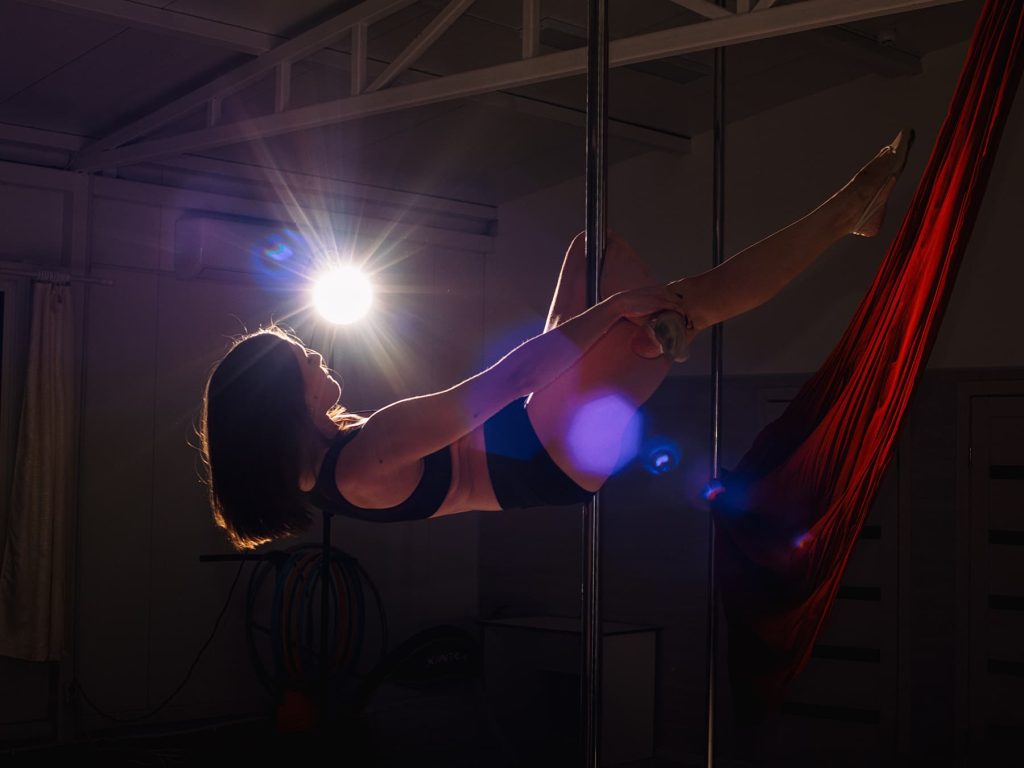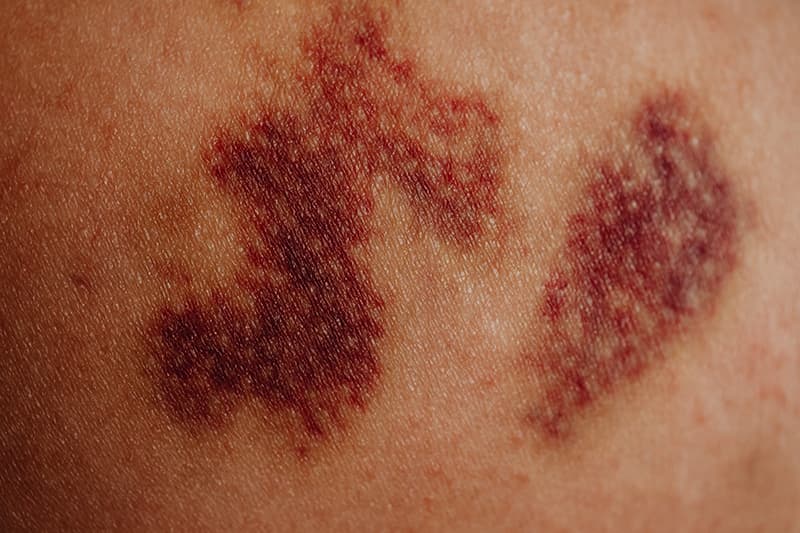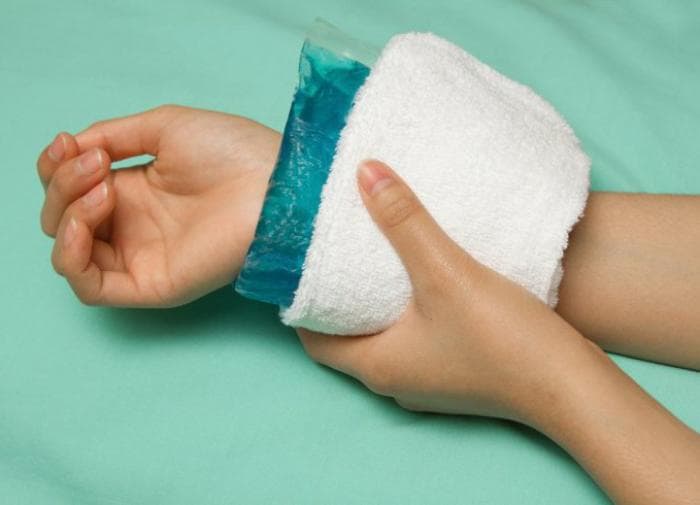Pole dancing has evolved into a popular form of fitness and artistic expression. As with any physical activity, it comes with its own set of challenges and potential injuries. One of the most common issues faced by pole dancers, both beginners and seasoned professionals, is bruising. This article delves into the causes, types, prevention, and treatment of pole dancing bruises.
What are Pole Dancing Bruises?
Pole dancing bruises, often referred to as “pole kisses,” are discolorations on the skin caused by broken blood vessels beneath the surface. These bruises from pole dancing can range in color from a reddish-pink to deep purple or even black, depending on the severity and age of the bruise. They can be tender to the touch and can vary in size.
Why do Pole Dancing Bruises Occur?
Bruising in pole dancing can be attributed to several factors:
- Friction bruise: The skin’s constant rubbing against the pole can cause minor injuries to the blood vessels. For example, inner thigh bruise is very common in beginners after their first attempts at the Superman trick.
- Pressure: Holding or gripping the pole, especially in challenging positions, exerts pressure on specific parts of the body, leading to bruising.
- Impact: Accidental slips or falls can result in more significant bruises.
- Learning Curve: Beginners are more prone to bruising as they learn to grip the pole correctly and execute moves with precision.
- Skin Sensitivity: Some individuals naturally bruise more easily due to thinner skin or other genetic factors.
How to Avoid Pole Dancing Bruises: Tips
- Proper Technique: Ensuring that you’re using the correct grip and posture can reduce unnecessary pressure on the skin.
- Warm-Up: A good warm-up increases blood flow and prepares the muscles, reducing the risk of injury.
- Pole Conditioning: Strengthening exercises can help condition the body, making it more resilient to bruises pole dancing.
- Protective Gear: If bruising occurs from falls on your knees, be sure to use knee pads. Wristbands can also help with chafed wrists.
- Stay Hydrated: Hydrated skin is more elastic and less prone to bruising.
- Vitamin C and Iron: A balanced diet with adequate vitamin C and iron can help in strengthening blood vessels and reducing the likelihood of bruising.
How to Heal Pole Dancing Bruises Faster?
To properly get rid of a bruise, you should notice at what stage it is. After all, what will help to get rid of a bruise two days after the injury, categorically can not be done on the first day.
So, immediately after the impact or manifestation of a bruise, it is recommended to apply a cold compress to the place of impact / friction. The cold has a constricting effect on blood vessels and reduces bleeding. However, it is clear that right at the pole dance training you most likely will not have access to ice, so this is a recommendation if possible.
In the first 24 hours, you should never warm the bruise or massage it.
This will increase the blood flow and the bruise will get bigger.
If you are practicing pole dance at home, always keep ice in the fridge for such an occasion. The sooner you apply a cold compress, the smaller the bruise will be. Under the influence of cold slows down the blood flow and reduces pain. Wrap the compress in a thin cloth or towel and hold it over the injured area for no more than 10 minutes. The procedure can only be repeated after a 20-minute break.
You can also elevate the bruised area if possible right after a bruise. Elevate the bruised area above heart level to reduce blood flow and minimize discoloration.
After 48 hours, switch to a warm compress to increase blood flow and speed up the healing process. And next, you will need to buy bruising ointment, gel, and other products to repair the skin and relieve inflammation if it develops.
The following remedies will help to remove the bruise:
- Arnica ointment: Arnica is a natural remedy known to reduce pain and swelling.

- Heparin ointment from bruises: With the help of antithrombotic action of sodium heparin reduces the intensity of the inflammatory process, and other substances included in the ointment, relieve pain.
- The use of gel with troxevasin is also effective in the treatment of bruises after bruising, bruises after injury or shock. Troxevasin acts directly on blood vessels.
- Vitamin K cream improves blood clotting and promotes the repair of damaged capillaries and vessels. Aloe gel reduces pain and reduces inflammation.
Massages, creams with a warming effect are also good to warm up the places of slaughter. Usually in their composition you can find capsaicin.
Vitamin C
Vitamin C, also known as ascorbic acid, is a water-soluble vitamin that plays a crucial role in various physiological processes in the human body. One of its lesser-known but equally important functions is its involvement in the health and repair of skin and blood vessels. This makes vitamin C particularly relevant when discussing the formation, prevention, and healing of bruises.
After getting a bruise give your body time to heal.
If a particular move caused a bruise, consider taking a break from it until you’re recovered.
Conclusion
While you can significantly help your body prevent and heal bruises with the above tips, you can’t get rid of them completely if you pole dance. This is especially true for beginners. Grips on legs and elbows, various inverted moves, shoulder stands will require you to have a little patience for pain. This is the price we pay for doing what we love and getting results.



